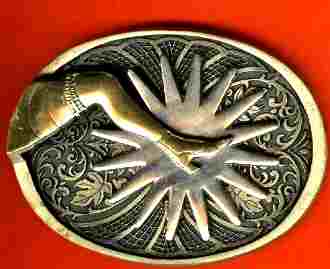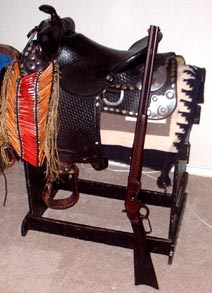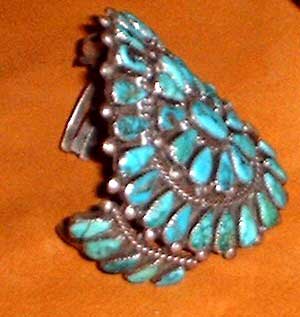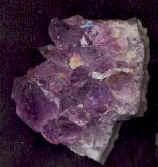History of the Teddy Bear
According to various sources, the teddy bear was a novel idea of Morris Michtom and his wife, Rose back in 1902.
Morris was a novelty shop owner and got the idea for the Teddy Bear from a Washington Post cartoon. This cartoon shows Theodore Roosevelt refusing to shoot a little black bear based on an actual event that ocurred during a hunting trip by President Theodore Roosevelt went on while settling a border dispute between Mississippi and Louisiana.
As reported in the Washington Post, the presidential hunting party lassoed a lean, black bear and tied it to a tree. The president was summoned, but when he arrived on the scene he refused to shoot the tied and exhausted bear, considering it to be unsportsmanlike.
The following day, November 16, Clifford Berryman, Washington Post editorial cartoonist, immortalized the incident as part of a front-page cartoon montage.
At first Berryman drew the bear as a fierce animal, the bear had just killed a hunting dog. Later, Berryman redrew the bear to make it a cuddly cub.

Cartoon drawn by Washington Post editorial cartoonist, Clifford Berryman, immortalized the Roosevelt bear incident as part of a front-page cartoon montage. The cartoon and the story it told became popular and within a year, the cartoon bear became a toy for children called the teddy bear.
Berryman pictured Roosevelt, his gun before him with the butt resting on the ground and his back to the animal, gesturing his refusal to take the trophy shot. Written across the lower part of the cartoon were the words "Drawing the Line in Mississippi," which coupled the hunting incident to a political dispute.
In Brooklyn, NY, shopkeeper Morris Michtom displayed 2 toy bears, made by his wife Rose, in the window of their novelty store. These bears were made from plush stuffed excelsior and finished with black shoe button eyes. Michtom recognized the immediate popularity of the new toy, requested and received permission from Roosevelt himself to call them "Teddy's Bears."
The little stuffed bears were a success. As demand for them increased, Michtom moved his business to a loft, under the name of the Ideal Novelty and Toy Corporation.

The first official Teddy Bear in the U.S. is attributed to Brooklyn, NY, shopkeeper Morris Michtom and his wife Rose. This first bear named for President Theodore Roosevelt was donated to the Smithsonian National Museum of Natural History where it is currently on display.
However, according to my research, credit for the first Teddy Bear must be shared with Richard Steiff and the
Steiff Company of Giengen, Germany who about the same time was producing a jointed stuffed bear. The Steiff Company was a toy company owned by Margarete Steiff which had been making toys since 1880.
Margarete Steiff's nephew was Richard Steiff saw an American circus with performing bears and got the idea to make a toy bear standing upright. Until that time, toy bears were made standing on all four legs. Richard was a former art student, and he went to the Stuggart Zoo to sketch pictures of bears and bear cubs for the new design of the bear toy.
In 1902, Ms. Steiff used her nephew's drawings to make Steiff's new bear toy. It was jointed like dolls, stood on two feet, and could walk upright. With their humped back and long snout, the Steiff bears looked more like a real bear cub than the "Teddy's Bear" designed by the Michtoms.
In 1903, the Steiff Company introduced its jointed bear at the Leipzig Trade Fair where an American buyer placed an order for 3,000 Steiff bears. By the end of the year, this order rose to 12,000 bears and the Teddy Bear market was in full swing.
DETERMINING THE AGE OF YOUR TEDDY BEAR
The very early teddy bears have a long muzzle, long arms and resemble real bears. In the first half of the 1900's, teddy bears were constructed with boot button or glass eyes and velvet or felt was used. Bears made after World War II have a flat face and shorter arms.
A bear with plastic eyes and synthetic foot pads generally dates from the 1950/1960s
The Fort Tumbleweed collection of Teddy Bears numbers in the thousands and many of these will be cataloged and placed for sale in the coming weeks. This is a work in progress so come back often!
Thanks,
Len Kubiak
MORE PLACES TO GO
|





![]()
 For questions or comments, send me an Email at
lenkubiak.geo@yahoo.com
For questions or comments, send me an Email at
lenkubiak.geo@yahoo.com
![]()
![]()
![]()

 Return to the Fort Tumbleweed Home Page
Return to the Fort Tumbleweed Home Page















